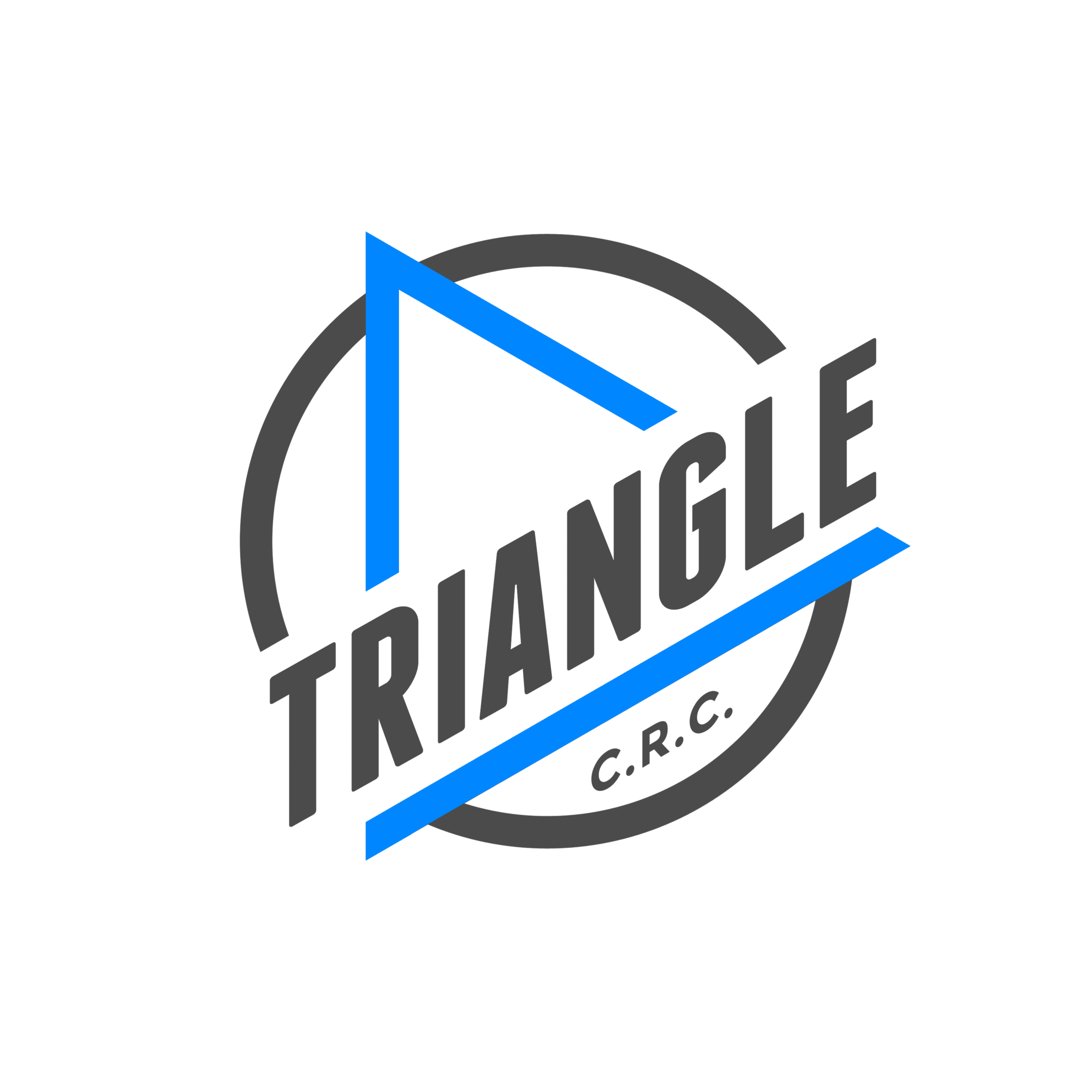Introducing Baby's First Foods
Are you ready to feed your baby?
What about first asking if your baby is ready to eat?
I pureed something once when I was pregnant for the first time, and decided I wouldn’t be doing that on a regular basis. It was an incredibly time-consuming process, and it didn’t seem necessary. I put the little baby food maker away and decided I might get it out again sometime. But that “sometime” never came (until the day I put it on Craigslist) because I knew there had to be an easier way to feed kids.
I planned on breastfeeding, so I knew that for quite some time, the only thing I’d be feeding my baby was milk that I was making with my own superpowers. But I wanted to be ready for introducing solids, so I started researching.
Thankfully, I discovered Baby Led Weaning. It lined right up with what I had already studied regarding child development from the Prague School. It made sense, too! Feel free to dig in to the history behind this, but regardless of how you choose to introduce foods to your little one, there are some important developmental milestones that baby will use to communicate that they’re ready to eat!
People often confuse the idea that their baby wants to eat solids when they begin to pull everything into their mouths. This doesn’t usually have anything to do with hunger. Babies (as well as adults) have incredible sensation in their hands, lips, and tongue; they can learn a lot about their environment by putting as much of it as possible into their hands and mouth!
Your baby isn’t necessarily ready for food just because she’s gumming on everything. She probably just wants more information, or perhaps she’s trying to relieve some of the discomfort associated with growing teeth.
Look for the following signs before you decide to introduce solids – pureed or not – to your little one.
Solo sitting: This doesn’t mean your baby can sit up when you place them in a seated position. In order to respect their body, protect their core, and allow them to earn and learn their innate movement patterns, allow your child to get to the seated position only on his or her own. When they can get there, there’s a significantly lower risk that they’ll choke while eating because their neck is strong enough to stay up.
Pincer grasp: The ability to grasp something between the thumb and forefinger is a sign that your baby can select their foods. In my opinion, it allows them to be better gatekeepers. They can pick which foods they are ready to explore and are interested in because their grasp is specific enough to differentiate between objects.
Loss of tongue thrust reflex: This one usually surprises people, because they often haven’t heard of it. If you have an infant, and you put your finger into their mouth, they will immediately shove their tongue out at you. They’re not trying to blow a raspberry at you; it’s a reflex that actually allows them to breastfeed. This reflex allows them to get a nipple fully into their mouth so that they can suckle appropriately in order to nourish themselves. (When you think about it, we really are amazing creatures!) This reflex diminishes over time, and when your baby’s does, that’s another sign that they’re ready for solids.
When all three signs are present, it’s time to introduce solid foods. Before that, your baby really will do best on breastmilk (or formula). Rice cereals are commonly recommended, but they’re completely unnecessary, as they don’t offer nutrient value that isn’t found in breastmilk. And it’s important to remember that for at least the first 12 months, food is mostly for fun. Your little one is exploring tastes, textures, flavors, smells, and the experience of eating. They may add in some extra nutrients, but don’t stress over how much they’re actually getting down the hatch. Have fun with them while they explore this lifelong relationship with food!
This blog was originally published here and has been edited for this site; the author retains all rights to content.

